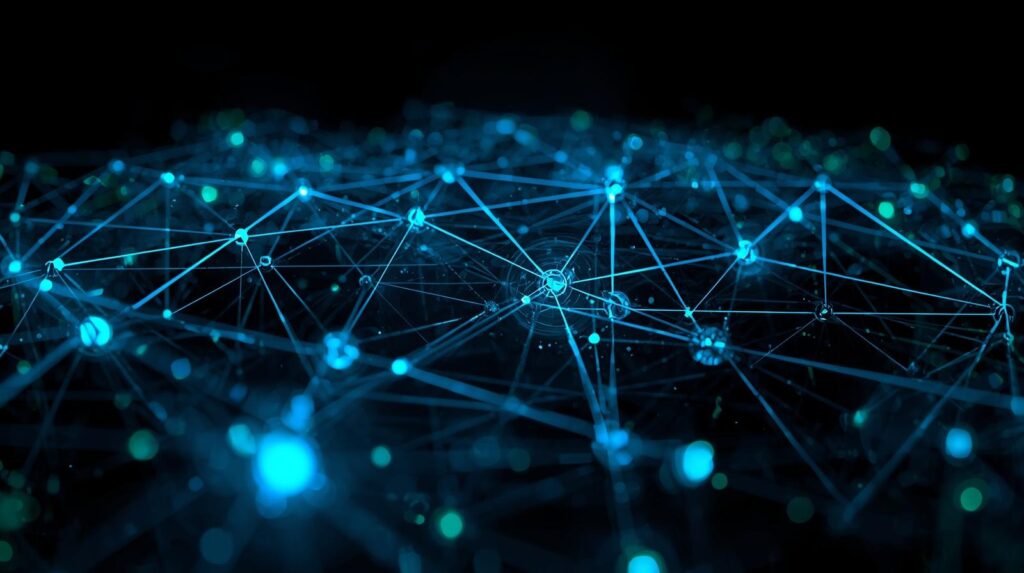In today’s fast-paced digital landscape, safeguarding sensitive information and ensuring robust network security are paramount. As cyber threats become more sophisticated, organizations are turning to comprehensive cybersecurity services to fortify their defenses and protect critical data. Understanding how these services enhance digital safety is crucial for leaders seeking to stay ahead in the ever-evolving world of technology.
In an era where digital transformation is reshaping industries, cybersecurity services play a pivotal role in safeguarding business operations. Cybersecurity is not just about protecting data; it’s about maintaining trust, ensuring compliance, and securing the future of your organization.
Network Security: The First Line of Defense
Network security forms the backbone of any cybersecurity strategy. It involves implementing measures to protect the integrity, confidentiality, and availability of data as it traverses networks. With the rise of remote work and cloud computing, network security has become more complex and critical than ever before.
- Firewalls and Intrusion Detection Systems (IDS): Firewalls act as barriers between trusted internal networks and untrusted external networks, while IDS monitors network traffic for suspicious activities. Together, they form a robust defense against unauthorized access and cyber attacks.
- Virtual Private Networks (VPNs): VPNs encrypt data transmitted over the internet, ensuring that sensitive information remains private and secure from potential eavesdroppers.
- Network Segmentation: By dividing networks into segments, organizations can limit the spread of cyber threats and contain potential breaches.
The Role of Cybersecurity Services
Cybersecurity services encompass a wide range of solutions designed to protect digital assets and enhance overall security posture. These services are essential for identifying vulnerabilities, implementing security protocols, and responding to incidents effectively.
Managed Security Services
Managed security services providers (MSSPs) offer a comprehensive suite of solutions that include threat monitoring, incident response, and vulnerability management. By outsourcing cybersecurity to experts, organizations can benefit from continuous protection and focus on core business activities.
- Threat Intelligence and Monitoring: MSSPs leverage advanced tools and technologies to detect and respond to threats in real-time. Continuous monitoring helps identify anomalies and mitigate risks before they escalate.
- Incident Response and Recovery: When a cyber incident occurs, MSSPs provide rapid response and recovery services to minimize damage and restore normal operations swiftly.
- Vulnerability Assessments and Penetration Testing: Regular assessments and testing help identify weaknesses in systems and networks, allowing organizations to address them proactively.
Compliance and Risk Management
Cybersecurity services also encompass compliance management, ensuring that organizations adhere to industry regulations and standards. Compliance is not only about avoiding penalties but also about building a resilient security framework.
- Regulatory Compliance: Cybersecurity services help organizations navigate complex regulatory landscapes, such as GDPR, HIPAA, and PCI-DSS, ensuring that they meet legal requirements.
- Risk Assessments: Conducting thorough risk assessments allows organizations to understand potential threats and prioritize security measures accordingly.
- Security Awareness Training: Human error remains a significant vulnerability in cybersecurity. Training programs educate employees on best practices, reducing the risk of breaches caused by negligence or phishing attacks.
Enhancing Digital Safety with Advanced Technologies

Emerging technologies are transforming the cybersecurity landscape, offering innovative solutions to enhance digital safety. Understanding and implementing these technologies is essential for organizations looking to stay ahead of cyber threats.
Artificial Intelligence and Machine Learning
Artificial Intelligence (AI) and Machine Learning (ML) are revolutionizing cybersecurity by providing advanced threat detection and response capabilities. These technologies analyze vast amounts of data to identify patterns and anomalies that may indicate a cyber threat.
- Predictive Analytics: AI-driven predictive analytics enable organizations to anticipate potential threats and take preventive measures.
- Automated Threat Detection: ML algorithms continuously learn from new data, improving their ability to detect and respond to threats autonomously.
Blockchain Technology
Blockchain technology offers a decentralized and secure way to store and verify data. Its applications in cybersecurity include:
- Secure Transactions: Blockchain ensures the integrity and authenticity of transactions, making it ideal for securing financial operations.
- Identity Management: Blockchain can enhance identity verification processes, reducing the risk of identity theft and fraud.
Internet of Things (IoT) Security
The proliferation of IoT devices presents new security challenges, as each connected device can serve as a potential entry point for cyber attacks. Cybersecurity services focus on securing IoT ecosystems by:
- Implementing Strong Authentication: Ensuring that only authorized devices can access the network.
- Regular Firmware Updates: Keeping IoT devices updated to protect against known vulnerabilities.
The Future of Cybersecurity Services
As cyber threats continue to evolve, cybersecurity services must adapt to address new challenges and protect against advanced attacks. The future of cybersecurity will likely involve:
- Increased Integration of AI and Automation: Leveraging AI and automation to enhance threat detection and response capabilities.
- Focus on Zero Trust Architecture: Implementing a zero trust model that assumes no user or device is inherently trustworthy, requiring continuous verification.
- Enhanced Collaboration and Information Sharing: Promoting collaboration between organizations, governments, and cybersecurity providers to share threat intelligence and best practices.
Conclusion
In conclusion, cybersecurity services are essential for enhancing digital safety in today’s interconnected world. By investing in robust network security, leveraging advanced technologies, and partnering with managed security services, organizations can protect their digital assets and maintain a competitive edge. As a leader in technology and business strategy, understanding and implementing these services is crucial for navigating the complexities of the digital age and ensuring long-term success.




